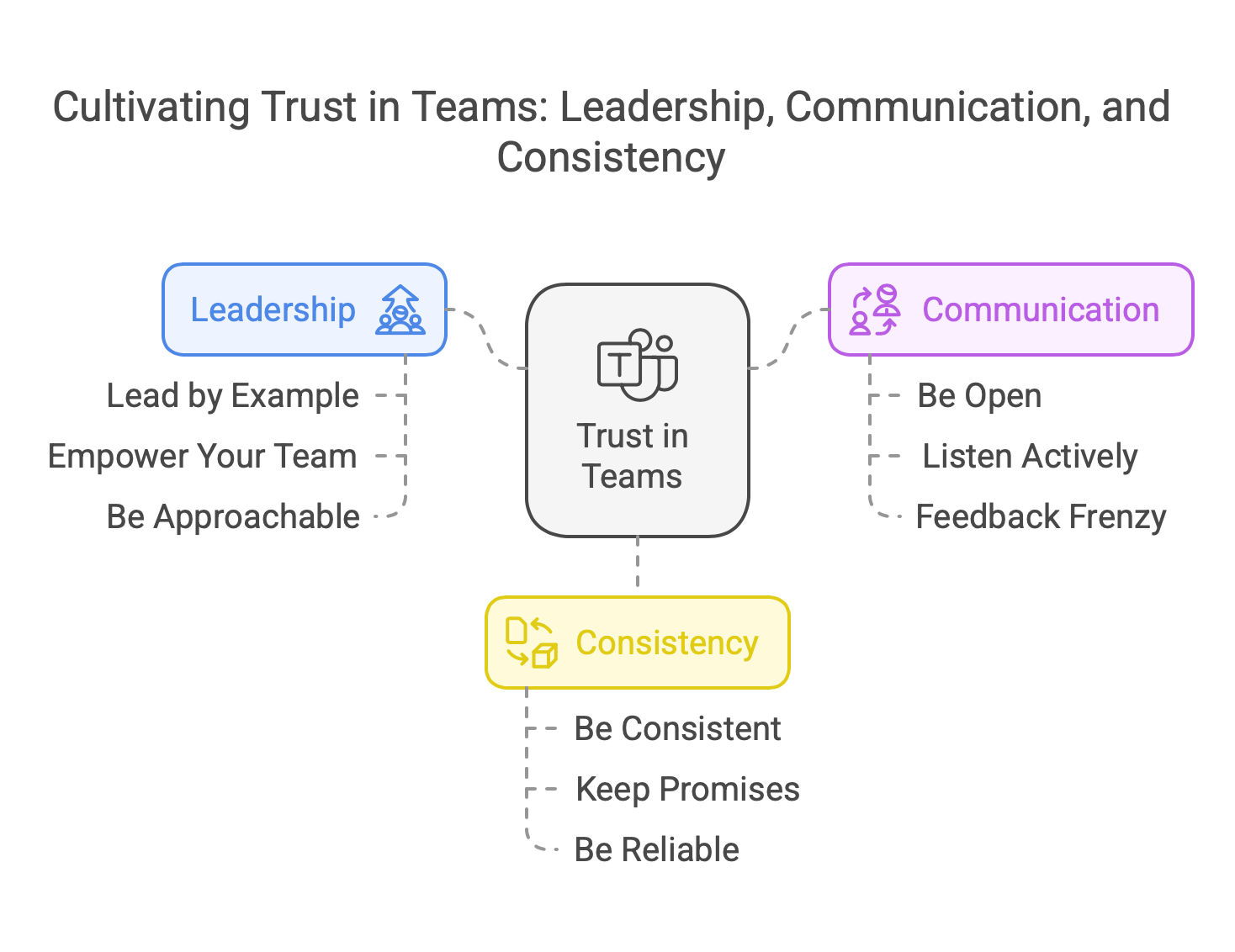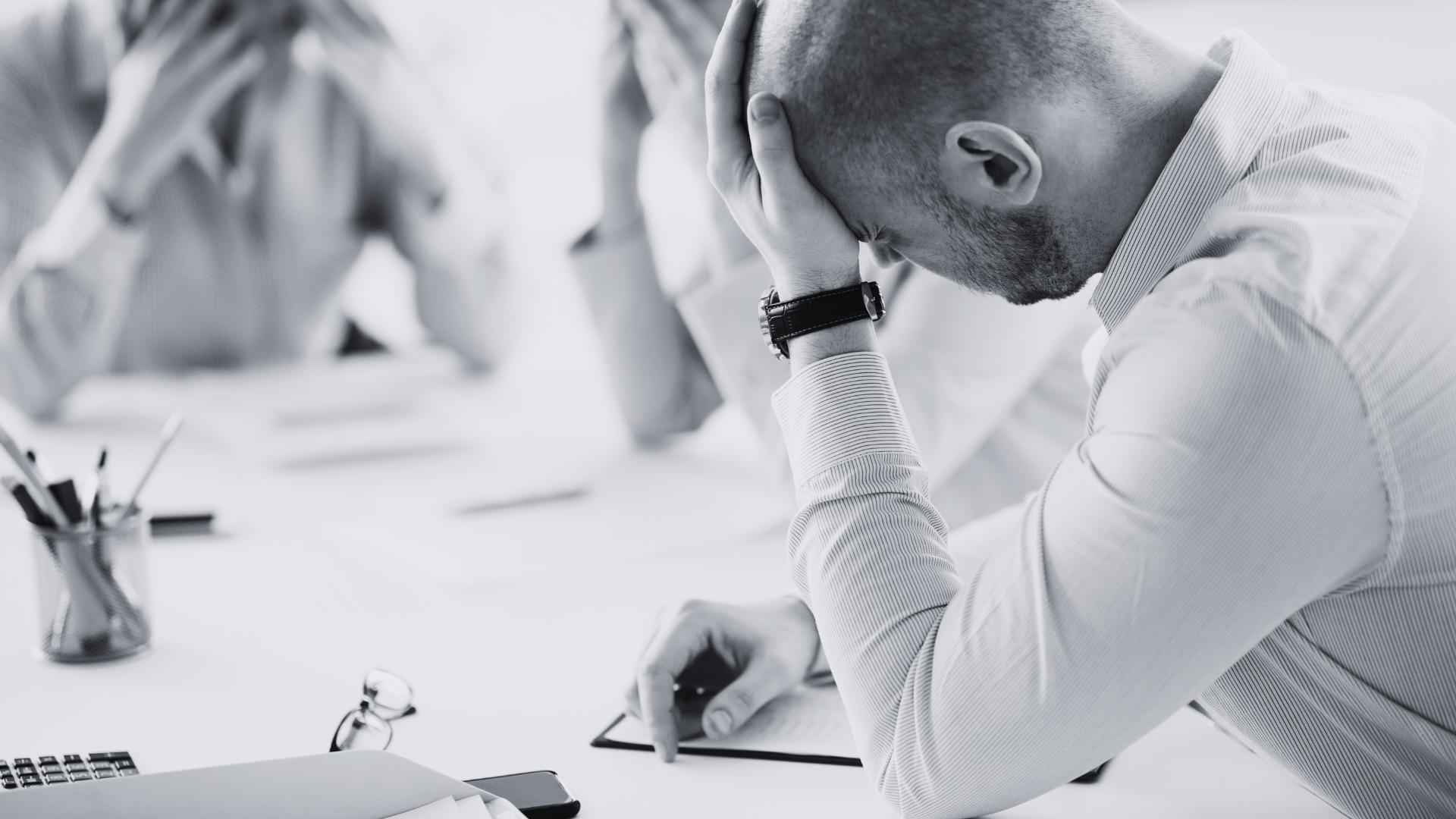The Neurobiology of Trust and its Impact on Team Performance
Did you know? Teams with high trust levels are a whopping 50% more productive! And there’s hardcore science behind it.
So, why is trust so important? Well, it’s the glue that holds teams together. When you trust your teammates, you’re not constantly second-guessing their every move. Instead, you’re collaborating, innovating, and kicking some serious goals.
Understanding Trust: A Neurobiological Perspective
So, what exactly is trust? In simple terms, it’s that warm, fuzzy feeling you get when you know someone’s got your back. But let’s get a bit nerdy. In the brain, trust is all about predicting that someone will behave in a way that’s beneficial or, at the very least, not harmful to you.
It’s like your brain’s way of saying, “I believe in you, buddy!”
Oxytocin, the star of the show!
This little hormone is often called the “love hormone” because it’s super active when we’re bonding with others. Picture this: you’re hugging a friend, shaking hands after a great meeting, or even playing with a puppy—your brain releases oxytocin, and BOOM, you feel more connected and trusting. The Harvard Business Review spills the beans on how oxytocin is a game-changer for trust. It basically lowers our defenses and makes us more open to others. It’s like a biological “trust me” sign!
Neural Mechanisms: Trust and Your Brain’s Trusty Regions
Now, let’s talk about the brain regions that are the VIPs of trust. According to Scientific American and Trends in Cognitive Sciences, several parts of your brain get in on the trust action:
Amygdala: The drama queen of the brain, responsible for emotions. It helps assess whether someone is trustworthy or not.
Prefrontal Cortex (PFC): The decision-maker. It weighs the pros and cons and decides whether to trust.
Striatum: The reward center. It gets all excited when trust is reciprocated, reinforcing that trusting behavior.
When these brain regions work together, it’s like a well-oiled machine, making snap judgments about who to trust and when.
Brain Regions Involved
The amygdala and prefrontal cortex are key brain regions involved in trust processing. The amygdala, which is responsible for detecting threats, plays a role in assessing the trustworthiness of others. When we perceive someone as trustworthy, the amygdala’s activity decreases, reducing our sense of threat and allowing for a more open and trusting interaction.
The prefrontal cortex, on the other hand, is involved in decision-making and social interactions. It helps us evaluate the intentions and behaviors of others, integrating this information to form trust judgments.
The Science Behind Trust and Team Dynamics
So, what’s the big deal about trust and team performance? Well, it’s HUGE. According to “Trust and Team Performance: A Meta-Analysis of Main Effects, Moderators and Covariates” research on ResearchGate, trust is like rocket fuel for teams. When trust levels are high, teams communicate better, collaborate more effectively, and crush their goals. On the flip side, low-trust teams often struggle with miscommunication, conflict, and—gasp—missed deadlines. Nobody wants that, right?
Examples of High-Trust vs. Low-Trust Teams and Their Performance
Let’s dive into some real-world examples to paint a clearer picture. Imagine Team A, a high-trust team. They share ideas freely, support each other, and handle conflicts like pros. Their project? Completed ahead of schedule with stellar results. Now, meet Team B, a low-trust team. They’re hesitant to share ideas, constantly second-guess each other, and avoid tough conversations. Their project? Delayed and riddled with errors. Ouch!
Here’s a fun fact: According to some studies, high-trust organizations are more than twice as likely to be high-performing compared to their low-trust counterparts. It’s like comparing a well-oiled sports car to a rusty old bike. One zoom to the finish line, while the other… well, you get the picture.
Empirical Evidence: Meta-Analysis Findings on Trust and Team Performance
Still not convinced?
Let’s hit you with some empirical evidence. A meta-analysis from Frontiers in Psychology and ResearchGate reviewed a ton of studies on trust and team performance. The findings? Trust consistently boosts team performance across the board. Whether it’s in corporate settings, research teams, or even sports teams, trust is the secret ingredient that turns good teams into great ones.
Teams with high trust levels not only perform better but also report higher job satisfaction, lower stress levels, and even better overall health. It’s like trust is the magical elixir that makes everything better.
So, what’s the takeaway? Trust isn’t just a feel-good concept; it’s a critical driver of team success.
Building and Maintaining Trust in Teams
Now that we know trust is the magic potion for team success, let’s figure out how to brew this potion ourselves. Ready to become a trust wizard? Let’s get started!
Leadership and Trust: How Leaders Can Cultivate Trust Within Their Teams
First up, let’s talk leadership. Great leaders aren’t just born; they’re made… with trust. According to the Society of Consulting Psychology, leaders play a HUGE role in building trust. Here’s the scoop:
Lead by Example: If you want your team to trust, you gotta show them how it’s done. Be transparent, admit mistakes, and show integrity. When leaders walk the talk, trust naturally follows.
Empower Your Team: Trust your team to make decisions and solve problems. Micromanaging? Nope, that’s a trust killer. Instead, give them the autonomy to shine.
Be Approachable: Create an environment where team members feel comfortable sharing their thoughts and concerns. Open-door policy, anyone?
Communication: The Role of Open and Honest Communication in Building Trust
Communication is the secret sauce that makes trust delicious. Here’s how to keep the convo flowing:
Be Open: Share information freely. Whether it’s good news or bad, keeping your team in the loop shows you trust them with the truth.
Listen Actively: Don’t just hear—listen. Show your team you value their input by really tuning in and responding thoughtfully.
Feedback Frenzy: Give and receive feedback like a pro. Constructive feedback helps everyone grow, while positive feedback boosts morale and trust.
Imagine you’re in a boat with your team. If everyone’s rowing in sync (thanks to great communication), you’ll sail smoothly. But if someone’s left out of the loop, you might end up going in circles. No fun, right?
Consistency and Reliability: Importance of Consistent Behavior and Reliability in Trust-Building
Finally, let’s talk about consistency and reliability—the unsung heroes of trust-building. Here’s why they matter:
Be Consistent: Consistency is like the North Star of trust. When your team knows what to expect from you, they feel secure. So, show up the same way every day.
Keep Promises: If you say you’re gonna do something, DO IT. Whether it’s meeting a deadline or providing support, following through builds rock-solid trust.
Be Reliable: Make reliability your middle name. Your team needs to know they can count on you, no matter what.
Think of trust like a bank account. Every time you’re consistent, reliable, and communicate well, you make a deposit. But break a promise or fail to communicate? That’s a withdrawal. Keep those deposits flowing to build a hefty trust fund!
The Impact of Trust on Team Performance
A team where everyone’s in sync, ideas flow freely, and collaboration is as smooth as butter… that’s what trust does! When team members trust each other, they’re more willing to share ideas, ask for help, and tackle challenges together. It’s like having a safety net, you know your teammates have your back, so you’re not afraid to take risks and speak up.
Think of it like a dance troupe. When each dancer trusts their partners, they move together flawlessly, creating a beautiful performance. But if trust is missing, it’s more like a clumsy shuffle. High trust equals better coordination, and better coordination means stellar teamwork!
Want to spark some serious innovation?
Trust is your secret weapon. In a high-trust environment, team members feel safe to think outside the box and propose bold ideas. They’re not worried about being judged or shot down. Instead, they’re encouraged to experiment and innovate.
Remember that time you had a crazy idea, but you hesitated to share it because you weren’t sure how it’d be received? In a high-trust team, you’d blurt it out without a second thought. That’s because trust fosters a culture where creativity is celebrated and new ideas are welcomed with open arms. It’s like a greenhouse for innovation—ideas bloom and grow because the environment is just right.
Quantitative Impact of Trust on Team Performance Metrics
Now, let’s talk numbers. How does trust actually impact performance metrics? Well, buckle up for some impressive stats:
Productivity Boost: Teams with high trust levels are a whopping 50% more productive. Yep, you read that right - 50%!
Efficiency Gains: Trust cuts down on time-wasting activities like micromanagement and second-guessing. Teams operate more efficiently because everyone’s on the same page.
Lower Turnover: High-trust teams have lower turnover rates. When people feel trusted and valued, they’re more likely to stick around.
Higher Job Satisfaction: Trusty teams report higher job satisfaction, which translates to happier, more engaged employees.
According to research from Frontiers in Psychology and various meta-analyses on ResearchGate, the link between trust and performance is rock solid. High-trust teams consistently outperform low-trust ones across all sorts of metrics, from meeting deadlines to hitting sales targets to achieving customer satisfaction.
Overcoming Trust Barriers
We’ve talked about how awesome trust is and how it can supercharge your team. But what if you’re hitting some roadblocks? Don’t worry—we’ve got you covered. Let’s tackle those pesky trust barriers head-on and smash them to pieces!
Common Barriers: Identify Common Obstacles to Trust in Teams
First things first, what’s standing in the way of trust? Here are some usual suspects:
Lack of Communication: If team members are left in the dark, trust takes a hit. It’s like trying to play a game of charades with blindfolds on. Not fun!
Inconsistency: When actions don’t match words, trust goes out the window. Imagine a leader who preaches punctuality but shows up late. Mixed messages, anyone?
Fear of Reprisal: If people are scared to speak up or make mistakes, trust plummets. It’s like walking on eggshells—uncomfortable and nerve-wracking.
Past Negative Experiences: Bad experiences linger like a bad smell. If trust has been broken before, it’s hard to rebuild.
Strategies to Overcome These Barriers Using Insights from Neuroscience
Now, let’s bust out the big guns—neuroscience! Here’s how to use brainy insights to overcome these trust barriers:
Boost Oxytocin: Remember our buddy oxytocin? Encourage team bonding activities that promote trust, like team lunches, collaborative projects, or even virtual coffee breaks. More oxytocin = more trust!
Mirror Neurons Magic: Use body language and facial expressions to mirror trust. Smile, maintain eye contact, and nod during conversations. It’s contagious!
Consistent Messaging: Use the prefrontal cortex to your advantage by being consistent in your actions and words. Consistency helps the brain predict behavior, building trust over time.
Tips for Leaders to Build and Maintain Trust
Alright, let’s get practical. Here are some actionable tips to build and maintain trust in your team:
Communicate, Communicate, Communicate: Keep those lines of communication wide open. Regular check-ins, updates, and honest conversations are key. Don’t leave your team guessing.
Lead with Integrity: Be a role model. Show up on time, keep your promises, and admit when you’re wrong. Your team will follow your lead.
Encourage Risk-Taking: Create a safe space for innovation. Let your team know it’s okay to fail. Celebrate the effort, not just the success.
Address Issues Head-On: Don’t sweep problems under the rug. If there’s a trust issue, tackle it directly and transparently. Apologies and solutions go a long way.
Show Appreciation: A little gratitude goes a long way. Regularly acknowledge and appreciate your team’s efforts. It reinforces that their work is valued.
Think of these tips as your trust toolkit. Each one is designed to chip away at those barriers and build a solid foundation of trust.
So, what’s next?
It’s time to take these insights and put them into action. Whether you’re a leader looking to foster a high-trust environment or a team member wanting to build stronger connections, remember that trust starts with you. Communicate openly, lead with integrity, and be consistent. Create a culture where risk-taking is encouraged, and appreciation flows freely. Trust isn’t built overnight, but with patience and persistence, you can create a team that not only performs but thrives.
References
The Neuroscience of Trust. Management behaviors that foster employee engagement by Paul J. Zak
The Neuroscience of Trust: Why it Matters for Teams and Organizations
The Role of Empathy in Developing Ethical Leadership: Neurobiology and Video-based Approaches
Trust and Team Performance: A Meta-Analysis of Main Effects, Moderators and Covariates
















